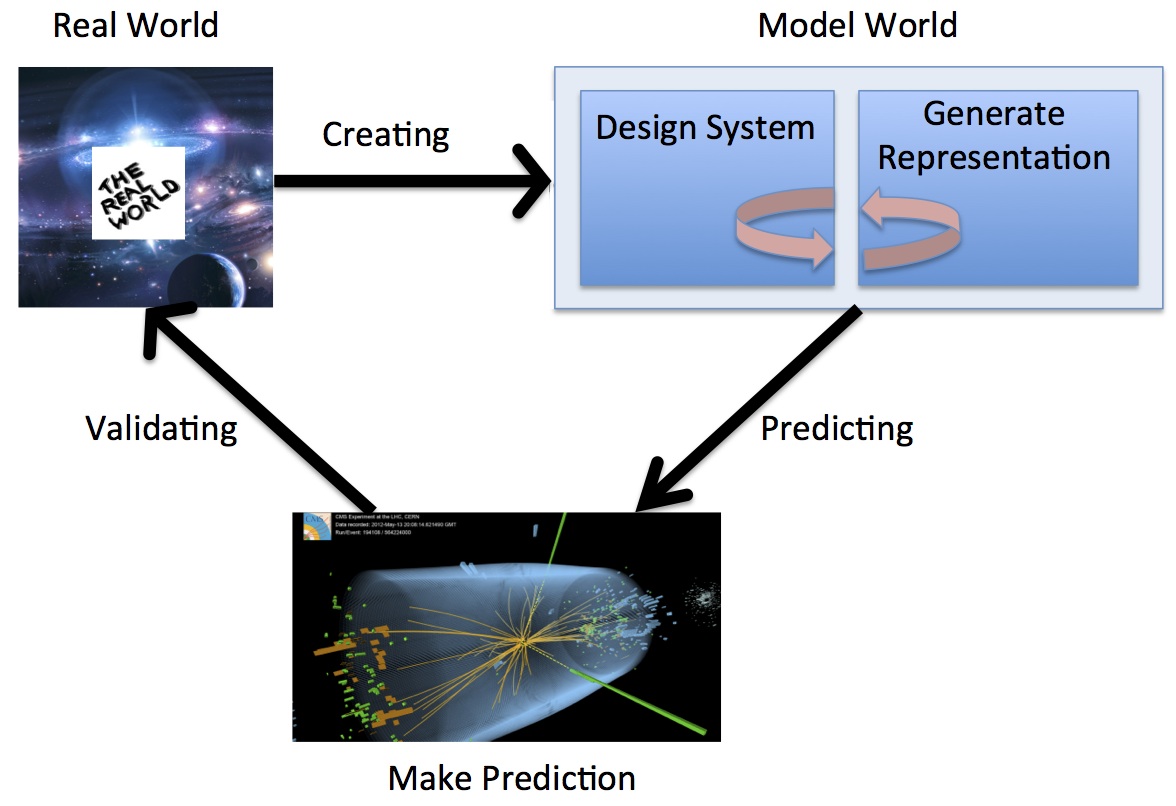This is an old revision of the document!
Suggested guidelines for working through a project
Tuesday Session
Suggested approach
* Read the problem individually.
- One group member reads the problem out loud.
- Designate one of the whiteboards as the planning board.
- Split the planning board (see example below) into four sections:
Facts: What information do you have? (Real World) Lacking: What information you need to solve this problem and how might you collect evidence to obtain this information? (Model World) A+A: What approximations and assumptions can you make? (Design System)
Representations: What representations can you generate to help you understand and solve the problem. (Generate Representation)
Once you feel the planning board is complete construct a useable model world to formulate a plan to solve the problem on other whiteboard (Predicting).
The plan should include:
- What is the key idea or concept behind the problem?
- What steps must be taken to solve the problem?
* Calculate answer based on plan and model world (Make a prediction).
* Test this prediction against the real world (Validating). - Does it make sense or is it reasonable?
- If model is not validated reflect on model world created and restart modeling process.
* For the last 5 minutes of the session generate learning issues and tasks for each group member to investigate and return to the group to explain for the next session.
